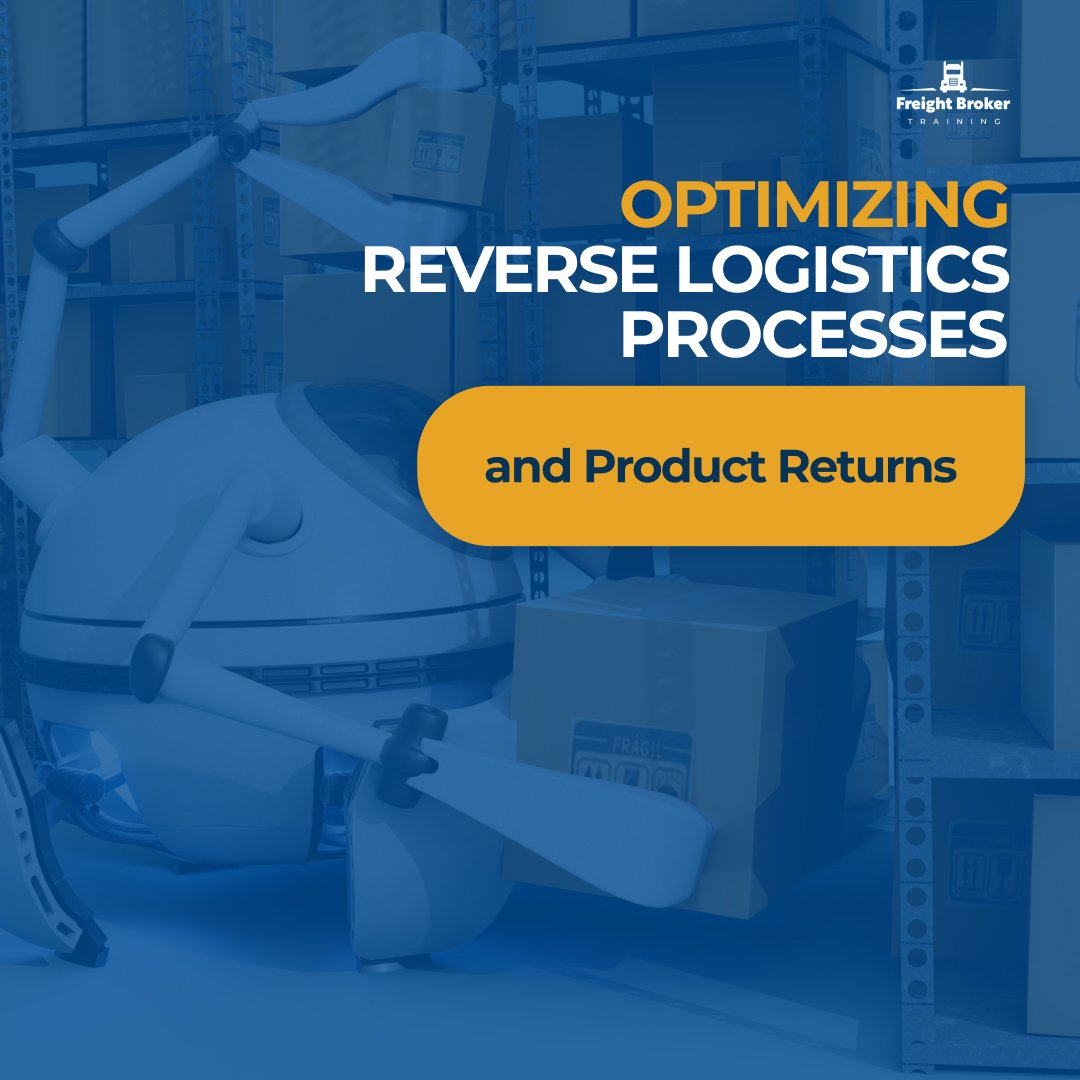Reverse logistics, encompassing the management of returned products and materials, has emerged as a critical aspect of modern supply chain management. As businesses strive to enhance customer satisfaction and sustainability efforts, optimizing reverse logistics processes and product returns has become a strategic imperative. This text explores the challenges, strategies, and benefits associated with the optimization of reverse logistics.
Challenges in Reverse Logistics
Returns Volume: The surge in e-commerce has led to a significant increase in returns volume, posing challenges in handling, sorting, and processing returned goods efficiently.
Product Condition: Managing returned products in varying conditions, from lightly used to damaged, requires meticulous inspection, assessment, and disposition decisions.
Cost Management: Balancing cost-effective reverse logistics operations while meeting customer expectations for hassle-free returns is a constant challenge.
Sustainability: Minimizing the environmental impact of product returns, such as reducing waste and emissions, is a growing concern.
Strategies for Optimization
Data Analytics: Utilize advanced analytics to predict return trends, identify root causes, and optimize return policies based on customer behavior and product attributes.
Reverse Supply Chain Design: Streamline reverse logistics network design to reduce transportation costs and enhance efficiency in product return flow.
Returns Authorization Process: Implement an efficient returns authorization process to expedite returns, reduce fraud, and improve customer satisfaction.
Disposition Strategies: Develop clear disposition strategies for returned products, including refurbishing, recycling, or reselling, based on condition and value.
Sustainability Initiatives: Integrate sustainability into reverse logistics by promoting recycling, refurbishing, and responsible disposal practices.
Benefits of Optimization
Cost Savings: Streamlined reverse logistics processes can lead to reduced transportation and handling costs, improving overall supply chain profitability.
Enhanced Customer Satisfaction: Faster and hassle-free returns processes contribute to higher customer satisfaction, leading to increased customer loyalty.
Reduced Environmental Impact: Sustainability-focused strategies help minimize waste and environmental footprint associated with product returns.
Inventory Management: Efficient reverse logistics enable better management of returned inventory, reducing excess stock and storage costs.
Compliance and Regulatory Benefits: Adherence to sustainable and responsible disposal practices ensures compliance with environmental regulations and fosters a positive brand image.
Optimizing reverse logistics processes and product returns is essential for modern businesses seeking to balance customer satisfaction, cost efficiency, and sustainability. By employing data-driven strategies, efficient network design, and sustainable practices, organizations can transform returns management into a strategic advantage that benefits both their bottom line and the environment. In a dynamic market, continuous improvement in reverse logistics is not just a choice but a necessity for success.

